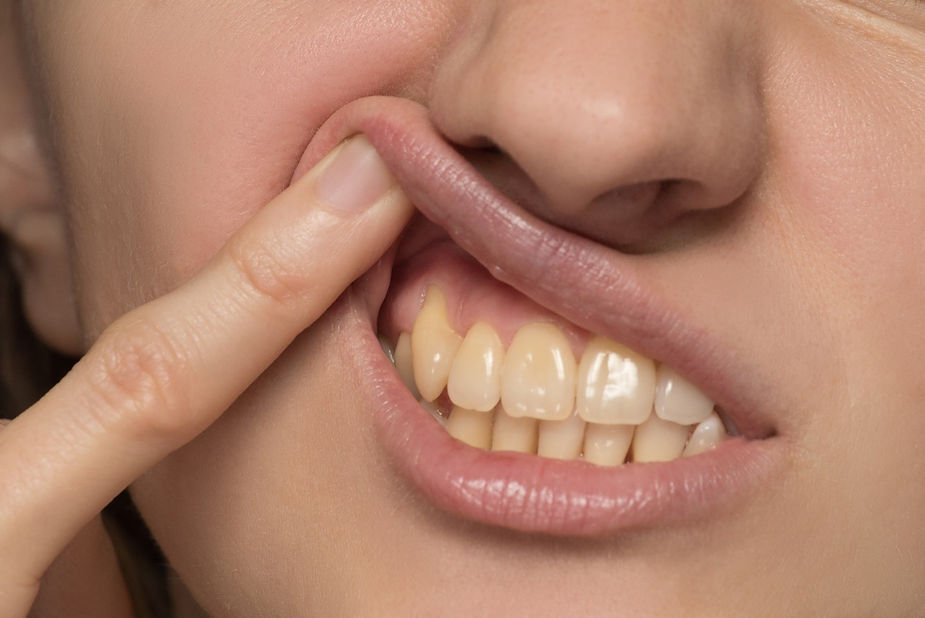Does Red Wine Really Stain Your Teeth That Much?
If you’ve ever enjoyed a glass of merlot and noticed a purplish tint on your teeth afterward, you’ve likely wondered: does red wine really stain your teeth that much? The short answer is yes—it can, especially if consumed frequently without proper dental care. Red wine is one of the top culprits for tooth discoloration due to its dark pigments, high acidity, and tannin content. Understanding how it affects your smile helps you take better steps to prevent lasting Dental Stain Removal in Dubai.
Why Red Wine Causes Tooth Stains?
Red wine contains three major components that work together to cause visible staining on your teeth. These elements can penetrate enamel or cling to its surface, leading to discoloration even after a single glass.
- Chromogens: These are dark pigments found in wine that attach to the enamel and leave visible stains.
- Tannins: Tannins are natural compounds that help chromogens bind more effectively to your teeth, making the stains harder to brush off.
- Acidity: The acidic nature of red wine weakens and softens enamel temporarily, increasing its vulnerability to staining agents.
The combination of these factors makes red wine more damaging than other beverages like white wine or light-colored spirits.
How Quickly Can Staining Occur?
You might assume that staining only happens over long periods of red wine consumption, but the effects can actually be immediate. Depending on the porosity of your enamel and your oral hygiene habits, discoloration may appear after just one glass.
- Immediate effect: Temporary purple or red film on your teeth, especially near the gum line.
- Short-term staining: Noticeable dulling or graying of the enamel after several days of consumption.
- Long-term staining: Deep-set stains that are difficult to remove with standard brushing and require professional cleaning or whitening.
Factors like pre-existing enamel erosion or poor brushing technique can accelerate the staining process.
Who Is Most at Risk for Wine Stains?
Not everyone is equally affected by red wine stains. Several personal and dental factors can increase your risk, making you more prone to discoloration over time.
- People with thin or worn enamel, exposing more of the yellowish dentin beneath.
- Those who drink red wine regularly, particularly without rinsing or brushing afterward.
- Coffee or tea drinkers, whose teeth already contain chromogens that can compound staining.
- Smokers, who have porous enamel and are more prone to buildup.
- Individuals with dry mouth, where lower saliva flow fails to wash away pigments effectively.
Being aware of these risk factors helps you adopt better preventive habits before the stains become permanent.
How to Prevent Red Wine Stains on Your Teeth?
Fortunately, you don’t have to give up your favorite glass of red to maintain a bright smile. With some simple precautions, you can enjoy wine while minimizing its impact on your enamel.
- Rinse with water immediately after drinking to flush away acidic residue and pigments.
- Use a straw, especially when drinking wine at home, to limit contact with front teeth.
- Brush your teeth before—not after—drinking, since brushing right after can spread acids deeper into enamel.
- Eat cheese or fibrous foods like apples, which stimulate saliva and reduce staining.
- Use whitening toothpaste or mouthwash daily to keep pigments from setting.
Making these part of your wine routine can go a long way in preventing Dental Stain Removal.
What to Do If You Already Have Wine Stains?
If red wine has already taken a toll on your teeth, don’t panic. There are several professional and at-home solutions that can help reverse the discoloration and restore your smile.
- Professional dental cleanings: Remove surface stains and polish enamel with safe abrasives.
- In-office whitening treatments: Use peroxide-based formulas to penetrate and lift deep-set stains.
- At-home whitening kits: Dentist-approved trays or strips can improve discoloration over time.
- Charcoal or baking soda-based pastes: Use with caution for gentle polishing, ideally under supervision.
- Whitening touch-up pens or rinses: Great for maintenance between treatments.
Always consult your dentist before starting any whitening method to avoid damaging enamel or increasing sensitivity.
